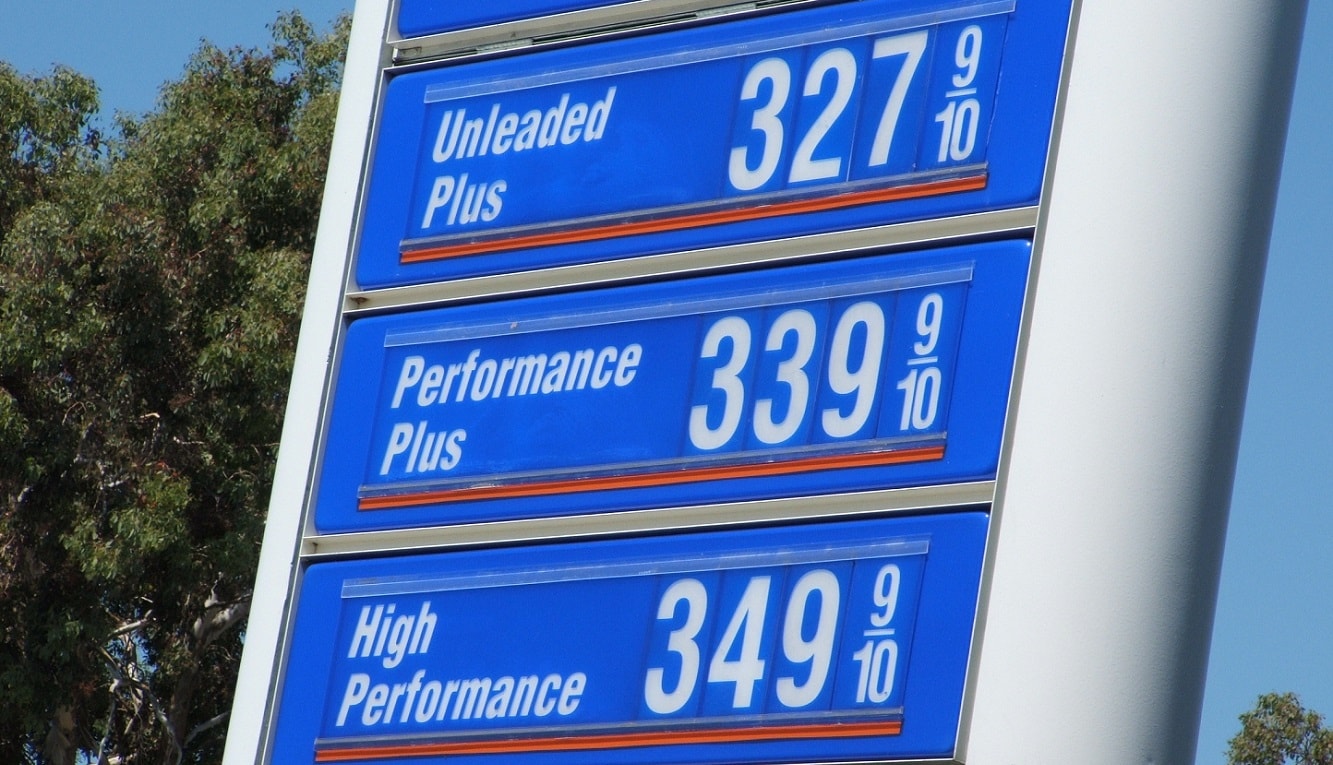Gas prices continue to rise in the wake of the Russian invasion of Ukraine, after rising steadily since the beginning of 2021. On Thursday, the American Automobile Association reported that the average cost of a gallon of gas at the pump reached $4.59.
That’s a $0.26 increase since March 11, when gas prices hit a previous all-time high of $4.33 per gallon.
Just how high gas prices will go, however, is unknown.
Patrick DeHaan, an analyst from GasBuddy, suggested that prices could well surpass $5 this year.
“The goal posts are moving constantly. I think we probably have somewhere in the neighborhood of a one-in-three shot of the national average getting to $5,” DeHaan said this week.
“We’re definitely heading a little higher short-term, but we’re still waiting to see if the EU sanctions Russian oil. They talked about it. That could boost the momentum of getting close to $5.”
According to a recent note from JPMorgan, however, prices could also surpass $6 per gallon by August. Analysts at the international investment bank said that prices are likely to pass the $6 threshold as a result of a drop in supply and an increase in demand over the summer months.
Why Gas Prices Keep Going Up
The cost of gas is determined by a multitude of factors, though much of it can be explained by a shortage of supply. Even then, however, a short supply can also be determined by different factors.
Among those reasons is the COVID-19 pandemic, which threw the oil markets out of whack. As the world went into lockdown, oil producers began to wind down operations and produce significantly less oil than before. As fewer people went to work, fewer people needed gas for their cars. It resulted in the cost of oil plummeting beyond $0 for the first time.
Since the world’s economies have begun to reopen, however, demand shot up. OPEC countries, which produce oil, have committed to a conservative increase in oil production over the coming years to slowly meet that demand again – stopping short of quickly ramping up production, possibly over fears of future lockdowns. There is also fears that increasing production too fast could lead to a crash in prices.
As supplies run short, many NATO countries are now left with figuring out new sources of oil in the wake of the Russian invasion of Ukraine. As part of sanctions against Russia, the United States and some European countries are now actively seeking new oil suppliers to meet demand.
And even after President Joe Biden reneged on a promise to stop new drilling in the United States, domestic oil producers are not rushing to increase production. With the market still uncertain and the high costs of drilling new wells and establishing new infrastructure, it’s unlikely domestic oil producers will step up to the plate and make up for the shortfall unless prices rise even more dramatically.
Jack Buckby is a British author, counter-extremism researcher, and journalist based in New York. Reporting on the U.K., Europe, and the U.S., he works to analyze and understand left-wing and right-wing radicalization, and reports on Western governments’ approaches to the pressing issues of today. His books and research papers explore these themes and propose pragmatic solutions to our increasingly polarized society.

